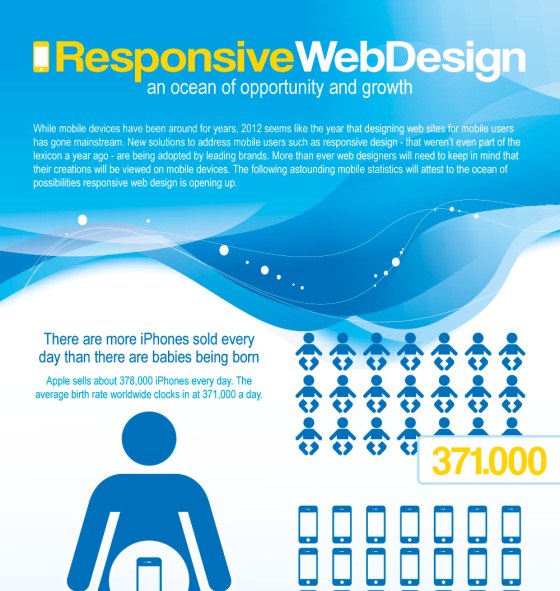Eager To Discover Exactly How Internet Site Design Has Changed With Time? Study The Development From Simpleness To User-Focused Experiences.
Eager To Discover Exactly How Internet Site Design Has Changed With Time? Study The Development From Simpleness To User-Focused Experiences.
Blog Article
Written By-Asmussen Vinson
In the past, sites were straightforward and focused on info. Navigation was straight, and design was for desktops. Currently, individual experience is key. Data guides layouts for simple navigating. Receptive designs fit various gadgets. Today, dark mode reduces pressure, and minimal menus improve navigating. Interactive functions engage users, and bold visuals stick out. AI combination enhances engagement. See just how style has advanced to boost your on the internet journey.
Early Days of Website Design
In the very early days of web design, simpleness preponderated. Web sites were fundamental, with restricted shades, typefaces, and designs. website content writing company got on supplying details as opposed to flashy visuals. Users accessed the net via slow-moving dial-up connections, so rate and performance were crucial.
Navigating menus were straightforward, generally situated at the top or side of the page. Websites were created for computer, as mobile surfing wasn't yet common. Content was king, and designers focused on very easy readability over complex layout aspects.
HTML was the primary coding language used, and designers had to function within its restrictions. Computer animations and interactive features were very little compared to today's criteria. Web sites were static, with little dynamic material or personalized individual experiences.
Increase of User-Focused Style
With the advancement of site style, a change towards user-focused design principles has actually ended up being progressively noticeable. Today, creating web sites that focus on individual experience is vital for involving site visitors and achieving business goals. User-focused design entails recognizing the requirements, preferences, and behaviors of your target market to customize the site's format, material, and features as necessary.
Designers currently conduct extensive study, such as individual studies and usability screening, to collect insights and comments directly from users. This data-driven technique aids in creating intuitive navigation, clear calls-to-action, and aesthetically appealing interfaces that reverberate with site visitors. By putting the customer at the facility of the style process, sites can provide a more customized and satisfying experience.
Responsive style has actually additionally become an essential facet of user-focused design, guaranteeing that internet sites are maximized for numerous devices and screen dimensions. https://email-marketing-manager-s62728.ziblogs.com/29954247/understand-exactly-how-to-reel-in-regional-clients-via-regional-seo-techniques-while-likewise-recognizing-the-globally-outreach-possibilities-of-conventional-search-engine-optimization-explore-the-fundamental-differences improves ease of access and usability, satisfying the diverse methods customers communicate with web sites today. Fundamentally, the increase of user-focused design symbolizes a change in the direction of creating electronic experiences that prioritize the needs and assumptions of completion individual.
Modern Trends in Website Design
Explore the latest fads shaping website design today. One prominent fad is dark mode layout, supplying a smooth and contemporary look while reducing eye pressure in low-light environments. Another crucial fad is minimal navigation, streamlining food selections and improving user experience by concentrating on essential elements. Integrating micro-interactions, such as computer animated switches or scrolling effects, can produce a much more engaging and interactive internet site. Receptive design continues to be vital, making certain smooth individual experiences throughout different tools. Additionally, utilizing strong typography and unbalanced formats can add aesthetic interest and draw attention to specific content.
Integrating AI modern technology, like chatbots for customer assistance or individualized recommendations, improves individual interaction and streamlines processes. Availability has likewise come to be a considerable trend, with designers prioritizing comprehensive layout techniques to satisfy varied individual demands. Embracing sustainability by enhancing web site performance for speed and effectiveness is an additional emerging pattern in web design. Working together with user feedback and information analytics to repeat and boost layout constantly is essential for remaining pertinent in the ever-evolving electronic landscape. By welcoming these modern patterns, you can develop a visually appealing, easy to use site that resonates with your audience.
Final thought
As you reflect on the advancement of web site style from the very early days to currently, you can see exactly how user-focused style has actually ended up being the driving pressure behind modern patterns.
Welcome the trip of modification and adaptation in website design, constantly maintaining the user experience at the center.
Stay current with the most recent patterns and modern technologies, and never stop developing your approach to create visually magnificent and user-friendly web sites.
Evolve, adapt, and create - the future of web design remains in your hands.
